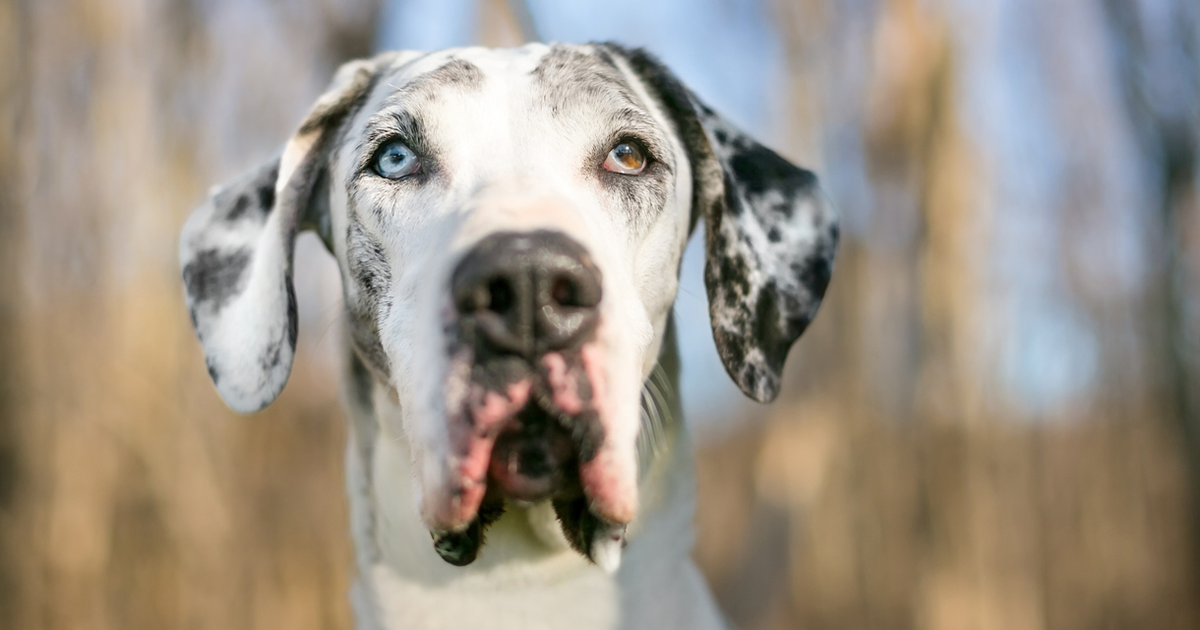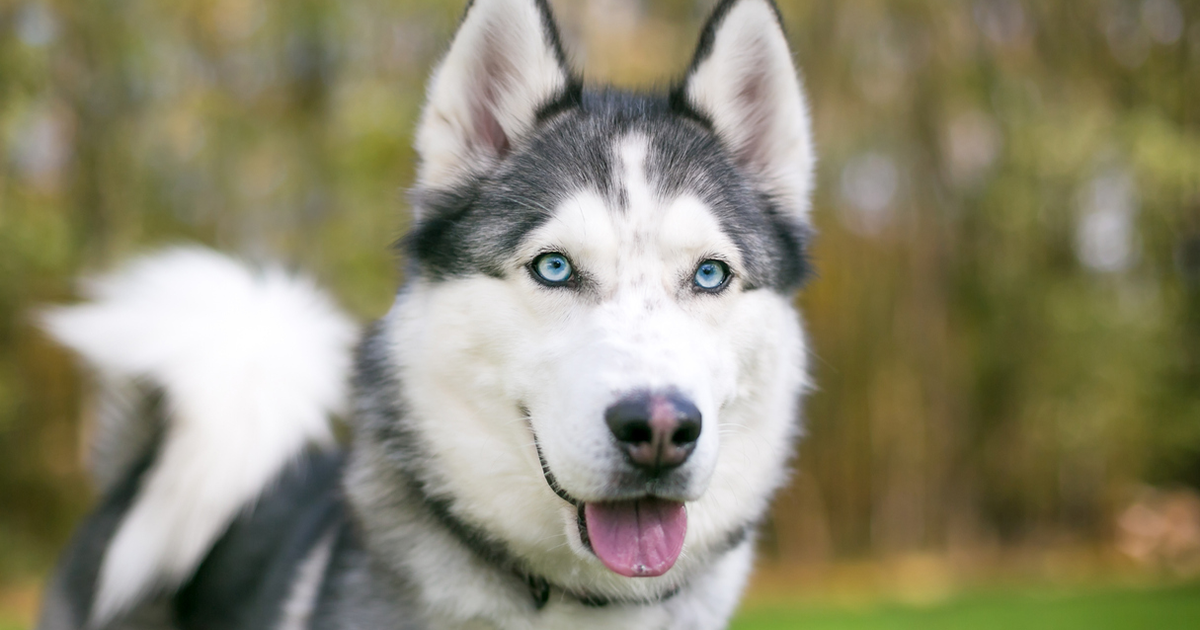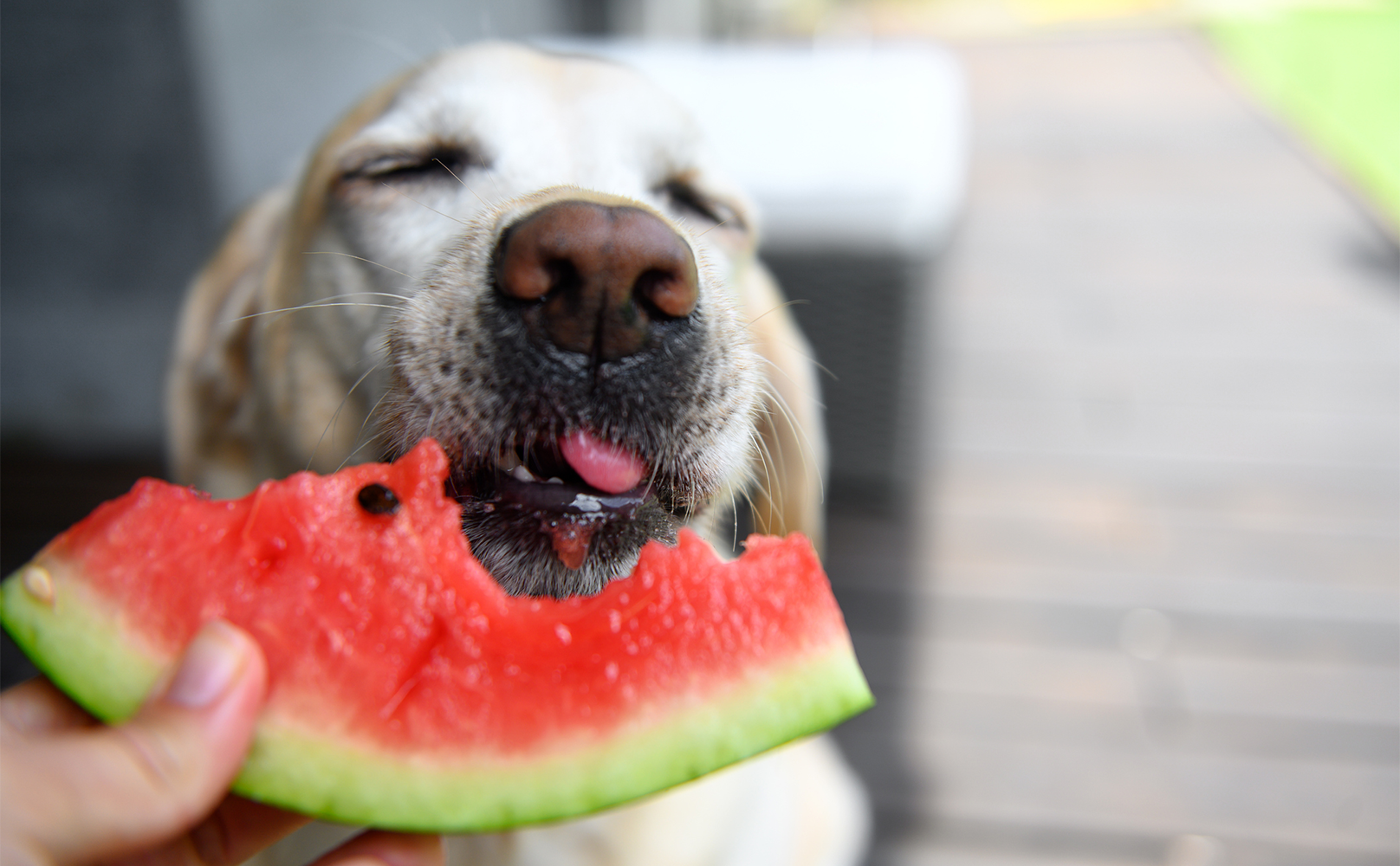If you believe that your dog has consumed a dangerous substance, call your veterinarian immediately. If a veterinarian is not available, you can also call the ASPCA’s Animal Poison Control Hotline.
Just look at those puppy eyes. They’re begging you, “Feed me. Oh please, feed me. For the love of all that is good and holy, feed me!” It would be so easy to give in, to relent to that adorable face, but you must be strong. Resist!


Your dog’s body isn’t like yours, and plenty of our favorite foods can wreak all kinds of havoc on a hungry pooch. For the sake of their health, you should feed your four-legged family member a balanced, dog-specific diet. But sometimes, you just want to share a meal with your best friend. Share safely by avoiding these foods.
1. Chocolate
We all know a dog that has eaten its weight in chocolate without suffering ill-effects, but you still need to take this one seriously. Chocolate, when consumed by dogs in sufficient quantity, can cause agitation, vomiting, cardiac distress, and overheating. Death by chocolate, indeed.


But not all chocolate is created equal. The dangerous chemicals contained in chocolate, caffeine and theobromine (known as methylxanthines), can be present in very different quantities depending on the type of chocolate. The general rule, “the darker it is, the more dangerous it is,” is a good guideline. Examples of chocolates with relatively low amounts of methylxanthine: M&Ms, chocolate frosting, white chocolate. Examples of chocolates with dangerously high methylxanthine content: baker’s chocolate, cocoa powder, dark chocolate.
The good news is that most chocolate consumed by Americans is relatively low in caffeine and theobromine (which is why Fido ate a whole chocolate cake and lived to wag the tail). No chocolate is good for your dog, but it probably won’t be lethal in small doses. If you have a taste for ultra-dark chocolate though, or just keep cocoa powder in the house, stay on your toes.
2. Onions (and garlic, leeks, and chives)
Onions, and related plants, are bad news for dogs. They contain a bunch of chemicals that wreck your dog’s body, called organosulfides. This includes concentrated forms of the plants, like garlic powder, onion powder, or onion broth.
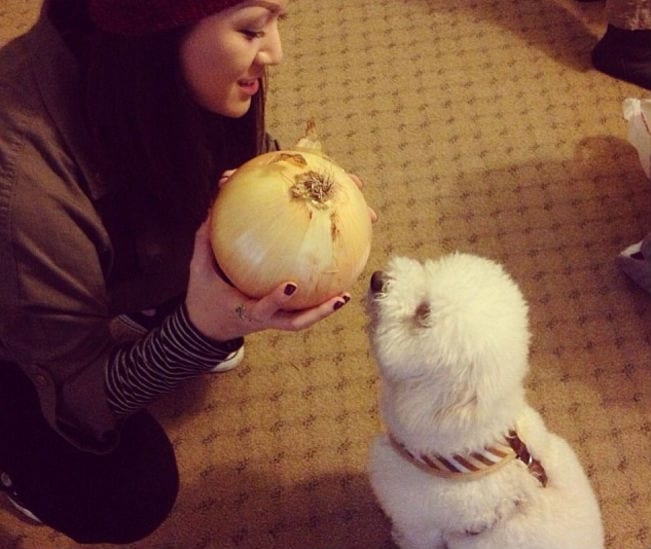

Dogs that eat onions can experience vomiting and other gastrointestinal distress. Even more dangerously, the compounds in onions can destroy red blood cells, causing potentially lethal anemia.
And let’s not forget: doggie garlic breath. Steer clear.
3. Macadamia Nuts
If your dog eats macadamia nuts, it’s going to have a bad time. Weakness in their legs, apparent pain, and tremors are likely going to follow ingestion.
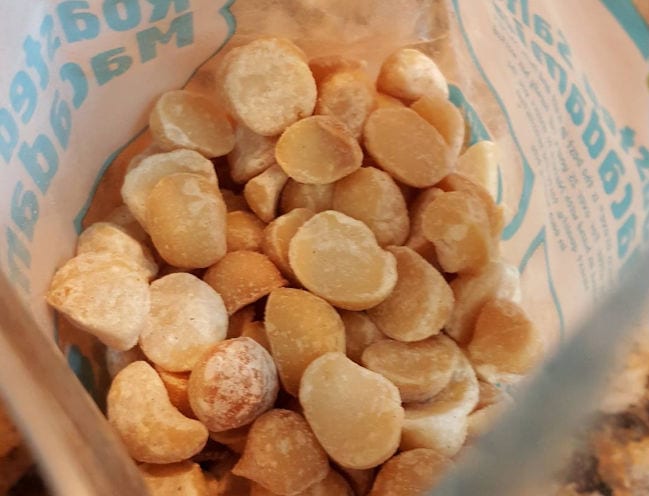

Even though it’s probably not going to be fatal (usually symptoms fade away within 48 hours), no one wants to see their dog in distress. Next time you’re in Hawaii, bring your dog back a pineapple instead.
4. Bread Dough
This one sounds a bit weird, because when has bread ever been dangerous? You love that freshly-baked smell, but your dog might think the uncooked dough is just as delicious. If your dog eats uncooked bread, specifically dough with live yeast, things could get messy fast.
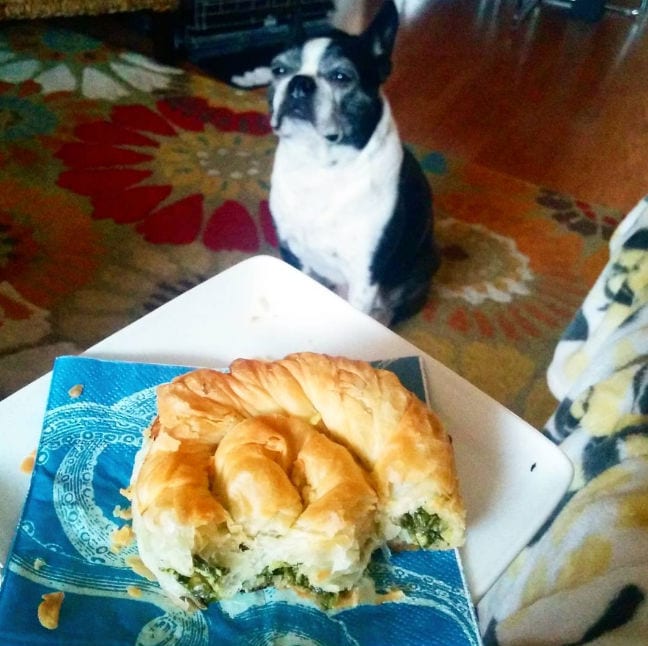

First, the bread dough will continue to rise inside your dog’s stomach. This can be… uncomfortable for the dog, and can cause a lot of damage just by expanding and expanding. Organ damage is the worst case scenario.
But then, active yeast produces alcohol, which is potent for dogs. As bad as a fast-growing blob of dough inside your dog is, alcohol poisoning is worse. Best to keep the dough out of your mutt’s maw entirely.
[bp_related_article]
5. Xylitol
Your dog isn’t counting calories, so don’t go feeding it foods with this artificial sweetener. Xylitol, a sugar alcohol, rapidly drops your dog’s blood sugar level, causing seizures or sometimes organ failure.
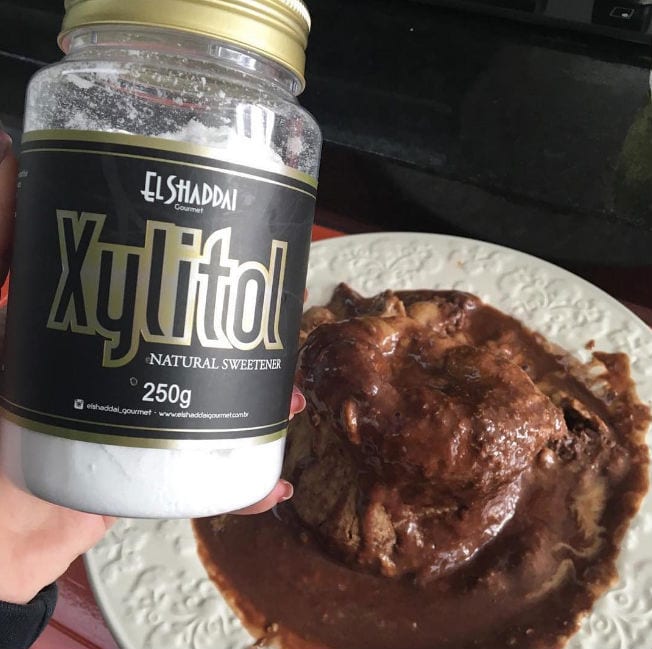

Xylitol is commonly found in sugar-free gum, and other sweet products that advertise low or no calories (e.g. Diet or protein bars).
6. Raisins (and Grapes)
Raisins and grapes are a bit weird: sometimes, dogs can eat raisins and grapes without ill effect. Other times, that same dog can be hit hard by the toxicity and suffer from digestive distress and kidney failure.
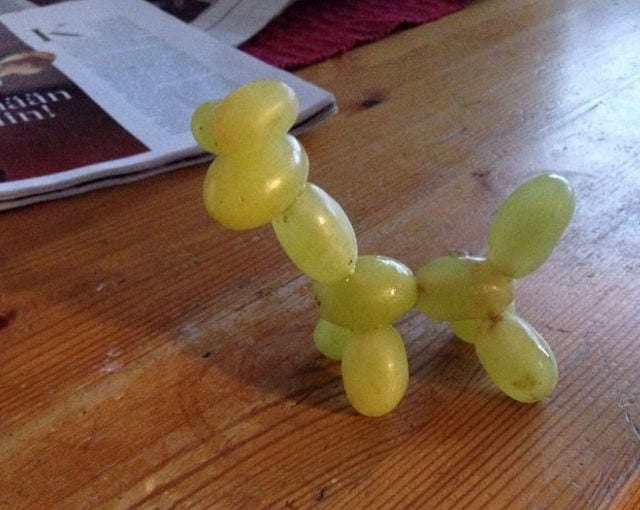

The bummer is that right now, the mechanism for this toxicity is not well-understood by the veterinary community. There is a clear link between consumption of grapes and raisins and kidney failure, but there is not yet an explanation for why the effects are inconsistent between dogs and at different times.
For now, we know enough to recommend keeping your dog away from the Sun Maid.
7. Fatty Foods
Since the days when wolves hung out with cavemen, dogs have been eating our table scraps. That doesn’t mean it’s danger-free, though. Feeding your dogs fatty foods, like the fat trimmings from your steak, can cause serious problems. Canine pancreatitis, which is caused when the pancreas’s enzymatic production is kicked into overdrive by some stimulus (like eating 3 pounds of bacon in 15 minutes), is all-too-common among dogs sharing human meals.
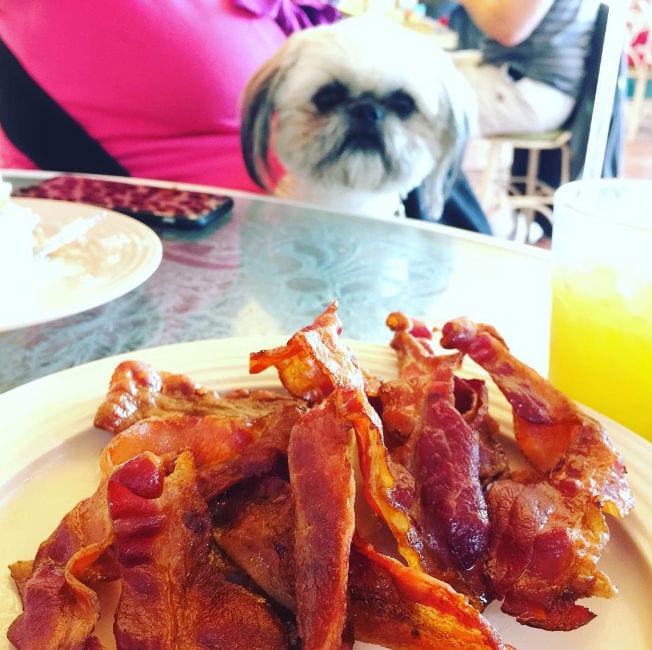

Pancreatitis can be life-threatening, and often requires hospitalization. Treatment is limited to supportive therapy, like providing IV fluids and nutrition while your pooch’s pancreas calms down. No bacon is worth a trip to the hospital. Stick to the lean meats, if you’re intent on tossing Fido scraps.
8. Alcohol
Your dog can’t hold its liquor. Tiny amounts of ethanol can be enough to cause serious intoxication.
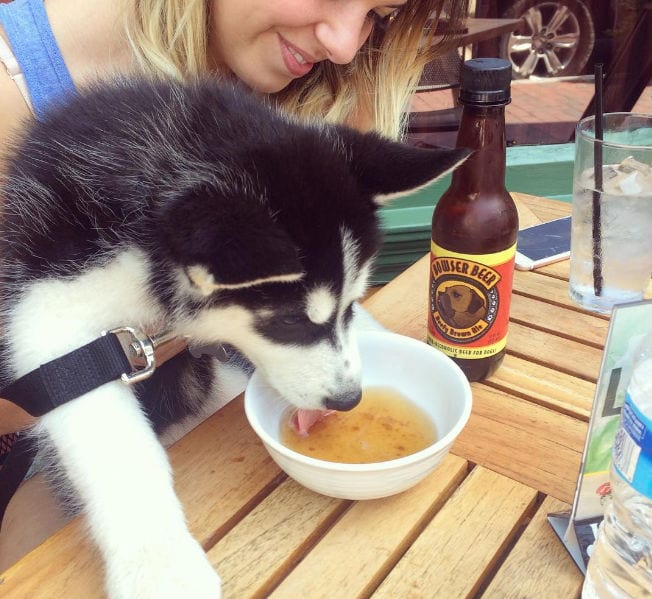

Remember that time you drank a bottle of Captain Morgan and climbed up on the roof naked and shouting? Of course you don’t. But you remember the next morning, and your dog will feel your pain after only a few sips. Enough alcohol, and the consequences are even more severe: seizures, alcohol-induced coma, and death. The hair of the dog is, disappointingly, not helpful.
Even though it’s 5 o’clock somewhere, your dog should stick to water.
Sources: ASPCA, Merck Veterinary Manual, Journal of Venomous Animals and Toxins including Tropical Diseases,




